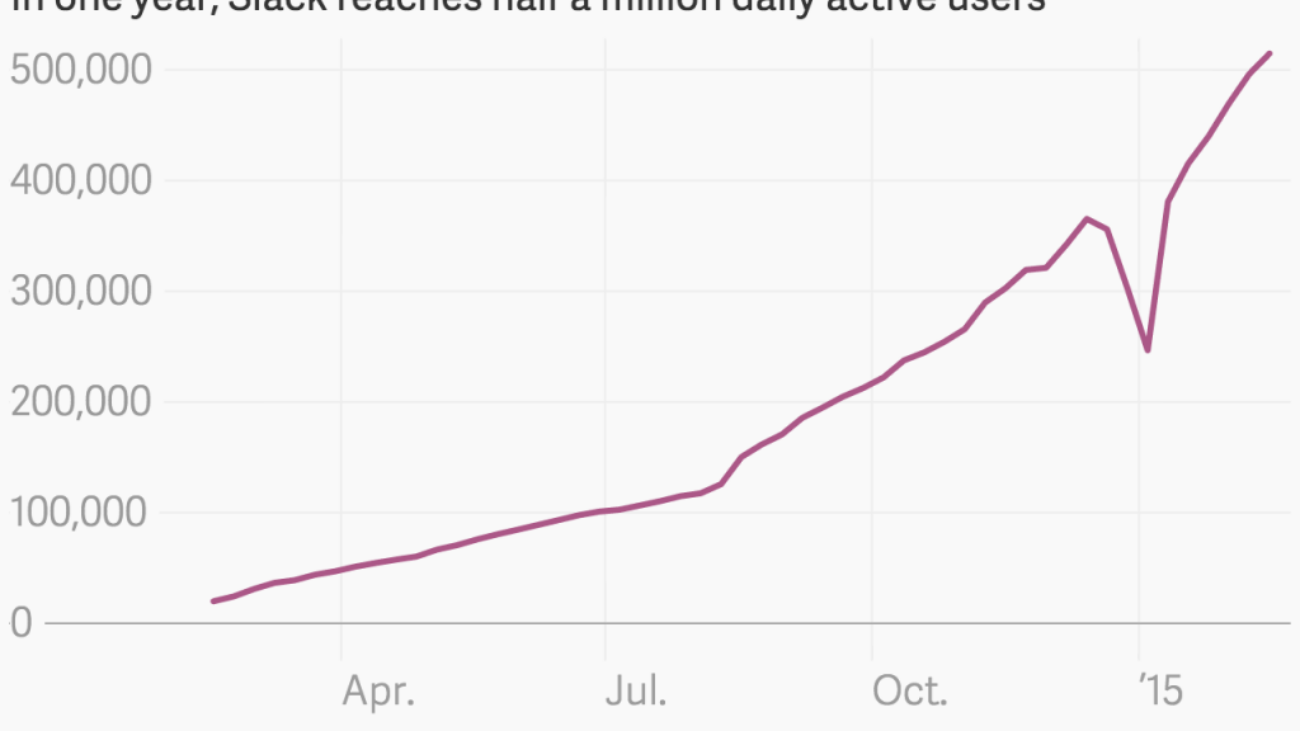 IBM Sametime is a robust communications offering designed to accelerate your social business by driving faster decisions, with more complete information powered by the business experts in your organization. The suite of tools in Sametime helps unlock the value in your underutilized communications systems by integrating them into a more intuitive system. Sametime tools and services can be accessed from within the applications and business processes that you use every day.
IBM Sametime is a robust communications offering designed to accelerate your social business by driving faster decisions, with more complete information powered by the business experts in your organization. The suite of tools in Sametime helps unlock the value in your underutilized communications systems by integrating them into a more intuitive system. Sametime tools and services can be accessed from within the applications and business processes that you use every day.
Support for Sametime V9.0.1 is extended to September 2021.
Support for the following associated entitlements is also extended to September 2021:
- IBM Sametime Complete
- IBM Sametime Conference
- IBM Sametime Communicate
More >
It has been obvious for a while that the future for the IBM Sametime brand and product set is not overwhelmingly positive.
As I see it, there are several key drivers for this situation:
- The marketplace has shifted away from heavyweight on-prem unified communications platforms towards more nimble, lighter-weight cloud-based social communications tools such as Slack, Vidyo, Hangouts and Zoom. I’m hearing from increasing numbers of customers that they’ve either migrated away from Sametime or Lync/Skype for Business, or else are no longer considering such solutions in their budgeted plans.
- IBM’s partnership with Cisco suggests that it will rely on Cisco’s well-regarded tools and services in this area in the future.
- Sametime’s long-time need for on huge (1GB+) client installs and clunky Java-based browser plugins means that continued restructuring would need to be undertaken to keep it relevant in the modern world of mobile devices, apps and constant software delivery of new features.
- The future of some of the underlying components, most notably Domino, but also the WebSphere stack is no longer guaranteed. We’ve seen a previous announcement of extended support for Domino (to the same September 2021 date), but there’s little doubt that further investment in unified communications solutions built on Domino is extremely unlikely.
All that said, I think IBM is making a good decision to very clearly commit to supporting both Domino and Sametime for the next 4.5 years. This gives its customers a decent runway to plan for the future and to consider their options. Many customers have been using both platforms for a decade or more, and shifting away will not be straightforward.
The challenge for IBM is to develop alternative solutions, whether home-brewed (such as Watson Workspace) or in partnership with Cisco or other similar vendors, that are both forward-looking and also of a quality and scale that can support both medium-sized and enterprise customers.
I’ve been impressed with the Connections Pink announcement in terms of plans to build a dynamic new infrastructure based on modern open-source components and services, with a clear migration path from the old developed-at-IBM heavy duty frameworks. If IBM wants to stay active in the UC space and keep those customers, I fear it would need an effort of similar size and cost to replace Sametime (or at least the components and features that are still relevant today).
Worryingly, IBM is now 2-3 years behind the curve in the area of social and video communications platforms and so those new solutions are needed now, not in a year or two’s time…
I was expecting to hear more of their plans announced (or at least intimated) at the recent IBM Connect conference, but as far as I have seen communicated, nothing has been forthcoming beyond a cementing of the relationship with Cisco and maintaining a holding pattern in terms of detailing plans for the future of Sametime’s feature set. (This extended support announcement is at least helpful in giving reassurance that support will not be withdrawn sooner than 2021.)
If you’re an IBM Sametime customer (or partner), I’d love to hear from you… What are your plans for the future? Do you remain loyal to Sametime for the time being? Are you already in the process of migrating to other solutions? Do let me know via a comment or email!











